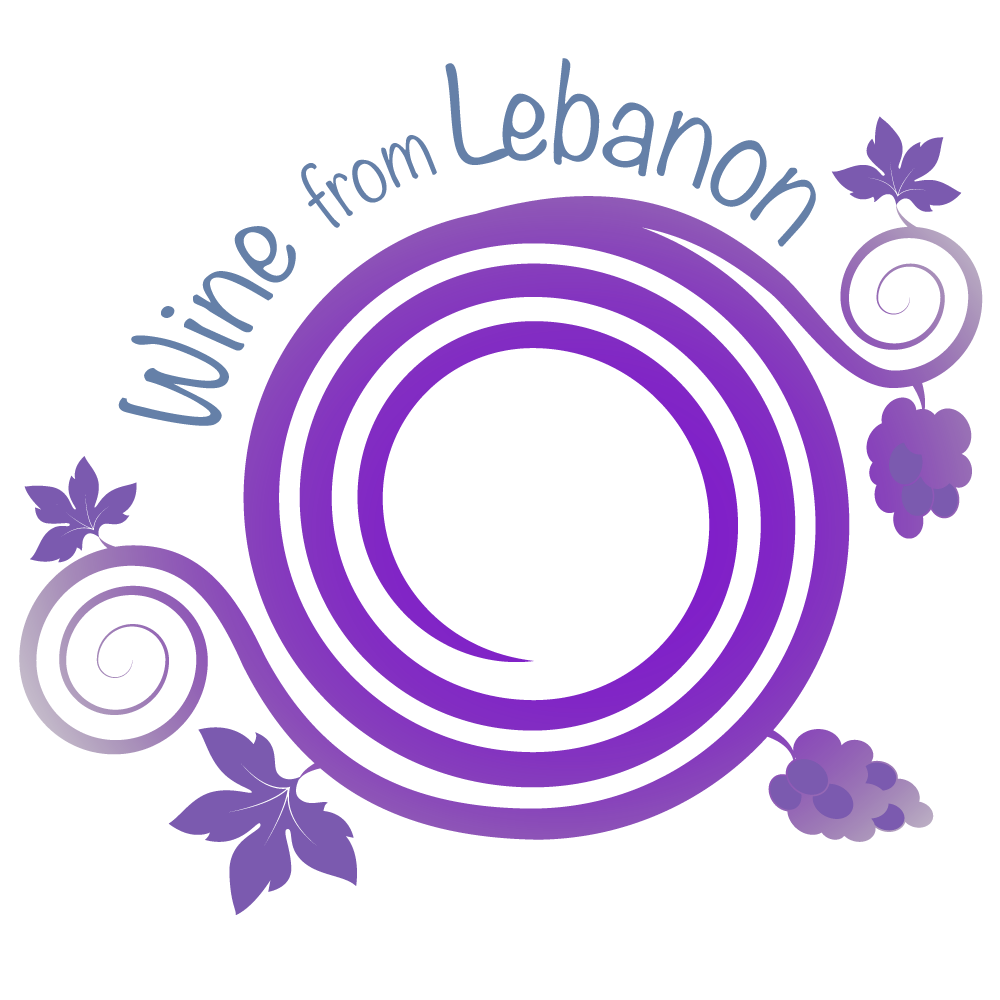What makes Lebanese wine special?
The country’s dry, sunny climate and landscape is ideal for grape growing. The snow-capped Lebanon and Anti-Lebanon mountains provide protection for the high-elevation vines of the Bekaa Valley, many grown at more than 3,000 feet. Elevation also plays a key role in the rugged hills of the Jezzine wine region in the south. In Batroun, a region north of Beirut, the vineyards are cooled by the Mediterranean Sea.
What are the indigenous grapes?
Today’s wine drinkers are adventurous and will want to try several indigenous grapes grown only in Lebanon.
Obaideh
This white grape is low in acid and high in sugar. Historically used mostly to produce arak, an aniseed liqueur, it’s now becoming a popular choice for wine production.
Merwah
Related to Sémillon, Merwah grows in Lebanon’s mountains. Like its cousin, it produces rich, nutty, and floral wines. Mersel Wine produces an interesting pét-nat from a blend of Merwah and Viognier.
Meksassi
Another white indigenous variety, Meksassi, is often seen wild and trained around large oak trees. With classic flavors and aromas of citrus, stone, and tree fruit, it is often aged in oak barrels. And Karam Wines produces Meksassi as a single variety wine.
Sobbaghieh
Sobbaghieh is a rare teinturier grape with red skin and red flesh. A medium-bodied wine with flavors of dark berries and sweet spices, it is produced in small quantities and as a 100% variety wine by Chāteau Cana.
Where are the grapes grown?
The grapes are grown in four regions:
Bekaa Valley—this fertile wine growing region is in Eastern Lebanon, boasts the most wineries in Lebanon and is the most important farming region for the country. Six of the participating wineries are in this region including:
- Couvent Rouge
- Domaine Wardy
- Château St. Thomas
- Cave Kouroum
- Terre Joie
- Muse du Liban
Batroun—a wine region in the north of Lebanon. The vineyards of Batroun are located at high altitudes of up to 1,300 meters above sea level. Batroun is one of the oldest cities in the world founded by the Phoenicians. In the summer, this seaside city is a popular tourism site with its quaint cobblestone streets, beach sports and clubs.
Four of Wine from Lebanon wineries are in this region:
- Atibaia
- Domaine S. Najm
- Mont d’Almaz
- Mersel
South Lebanon
With its fertile soil, the south provides a rich environment for citrus, banana and olive groves and boasts an attractive green coastline. The area is also known for its many castles, mosques, khans, caves, temples, and pleasant beaches.
Karam is in South Lebanon in the Jezzine Caza area, which is home to the largest pine forest in the Middle East spreading over one million and two hundred square meters of land and surrounded on one end by a Cedars Reserve.
Mount Lebanon–Mount Lebanon is situated in the southern region, with a high elevation (around 3,000 feet) and produces around 4 percent of all Lebanese wine. This region is in the middle of Lebanon between Beirut and north of Lebanon
Four of the participating wineries are in this region including:
- Ardoum
- Vertical 33
- Chateau Oumsiyat
- Chateau Cāna
Explore all the regions and the wineries by visiting our interactive map and tour the wineries.
How many wineries are in Lebanon?
There are approximately 84 wineries in Lebanon with most of the wine produced in the Bekaa Valley.
How were the wineries chosen?
They were carefully chosen and vetted by MadenLebanon and USAID to meet the following criteria:
- Female ownership a plus.
- Youth owned or managed.
- They produce indigenous wine or will in the next 12 months.
- The winery has the potential to produce a minimum of 25,000 bottles from each SKU.
- The winery meets USAID criteria.
- They will follow USA and TABC regulations to export.
Where can I find the wine in Texas?
Good question! Soon in major retail outlets in Texas.
How do you say cheers in Lebanese?
Keesak (kay-sack) Masculine
Keeskon (kay-skon) Plural
Keesik (kay-sick) Feminine
Other helpful resources to visit:
https://www.nationalgeographic.com/history/article/2600-year-old-wine-factory-unearthed-lebanon
https://daily.sevenfifty.com/exploring-the-world-of-lebanese-wine-beyond-chateau-musar/
https://www.foodandwine.com/travel/lebanon-new-wine-generation
https://www.internationalwinechallenge.com/Canopy-Articles/the-big-lesson-from-lebanon.html
https://app.gourmettravellerwine.com/editions/oct-nov-19/article/lebanon-wine-focus.html

